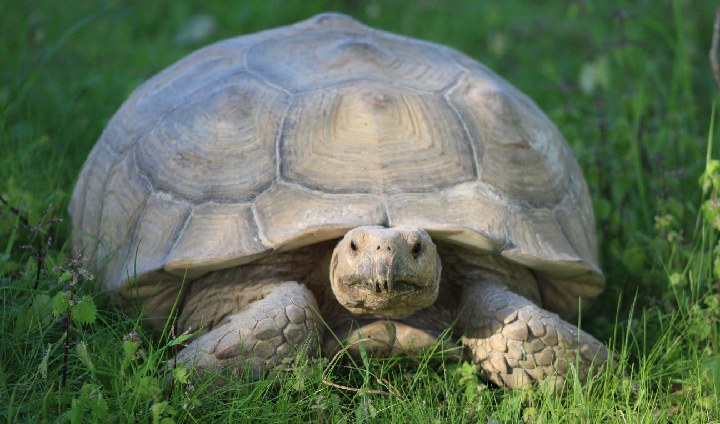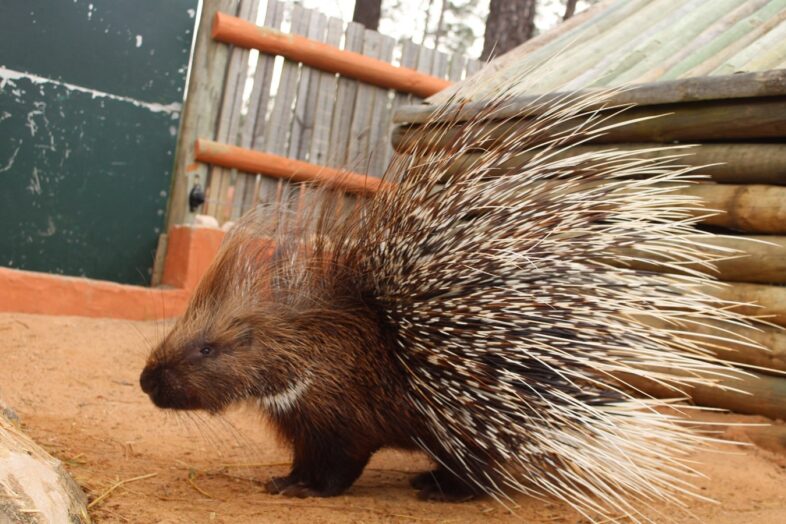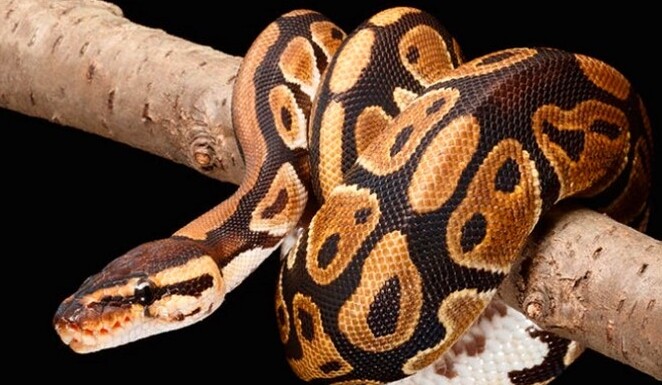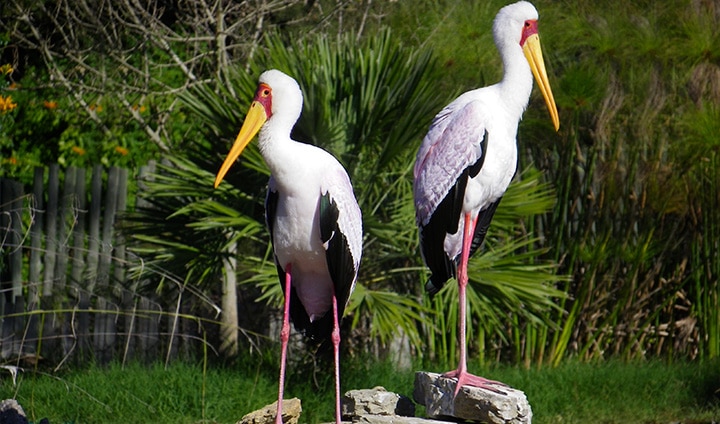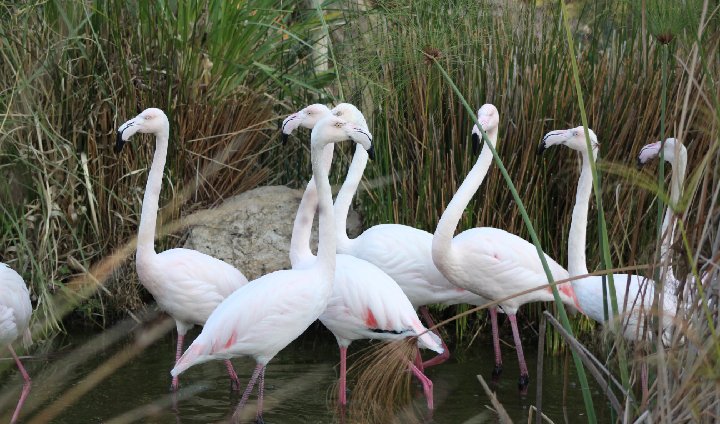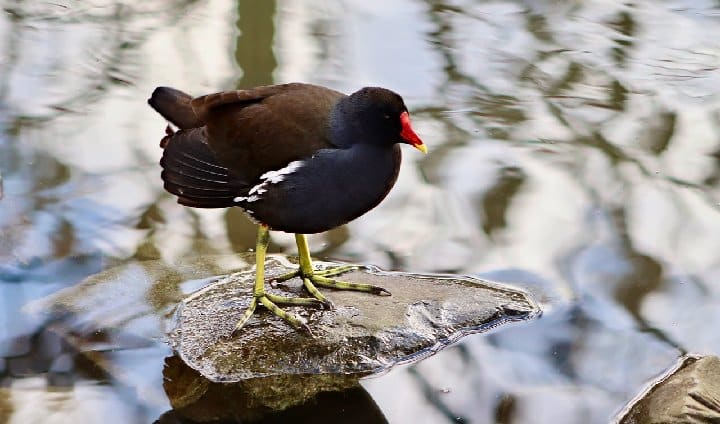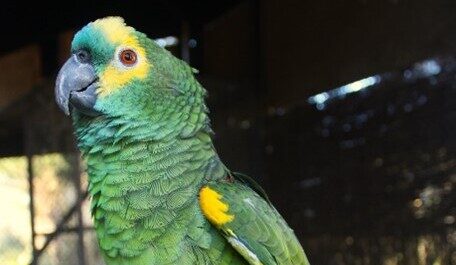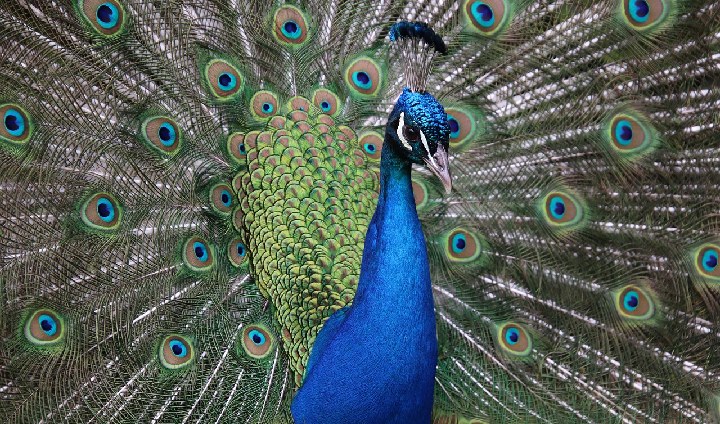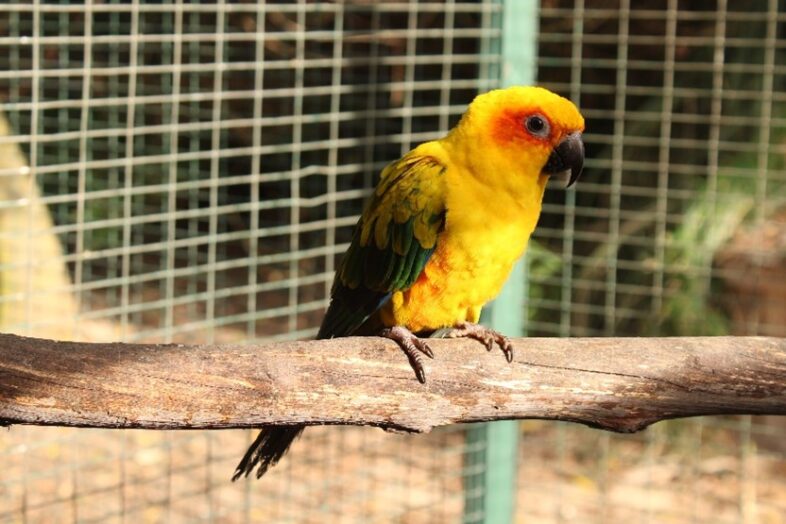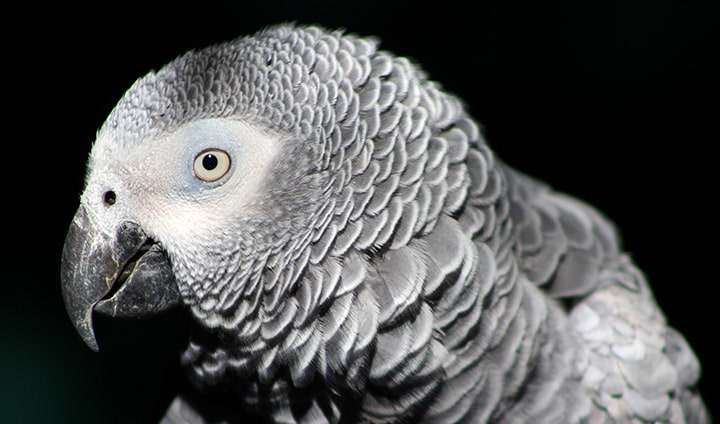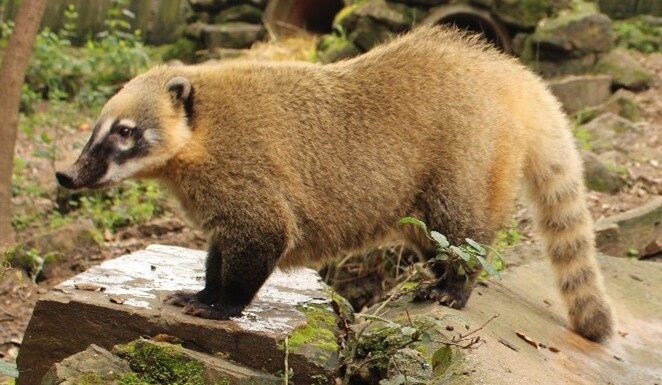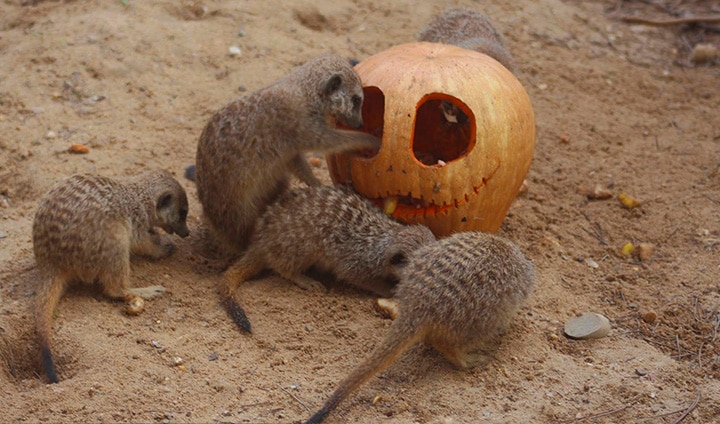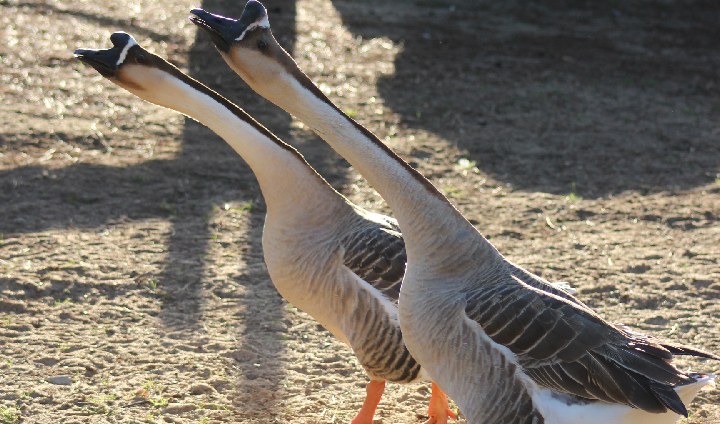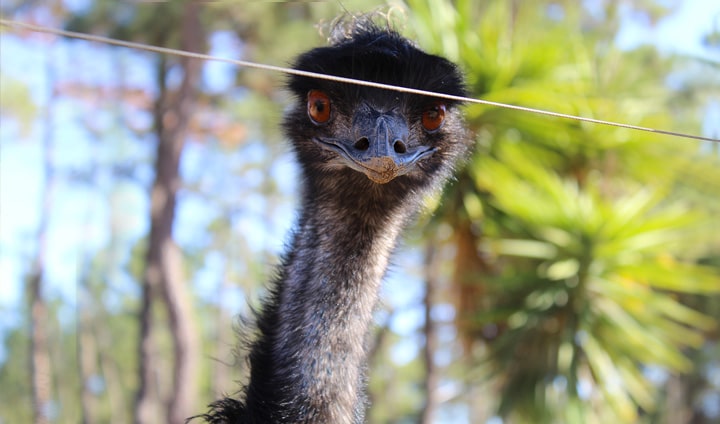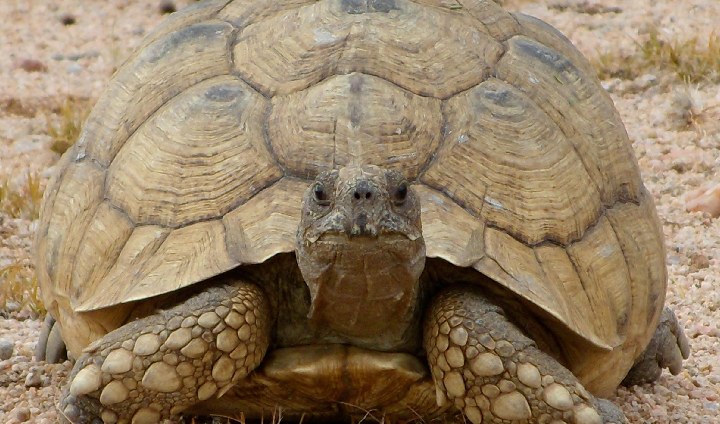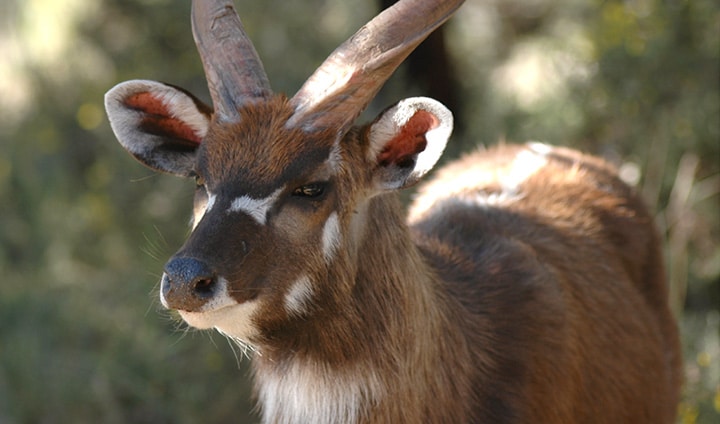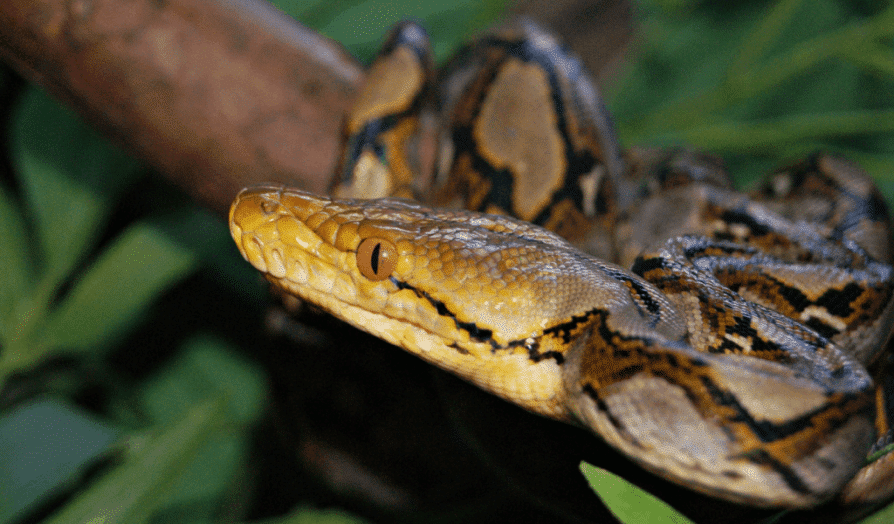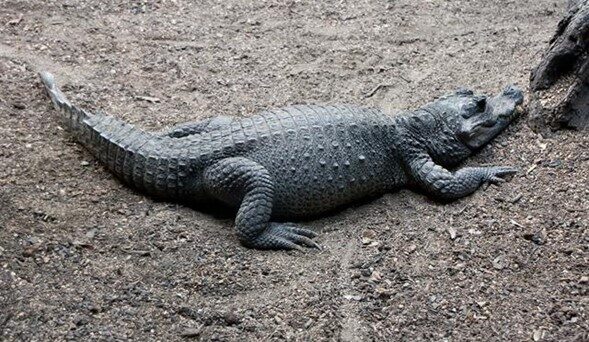Habitat and Geographical Distribution: Grasslands, shrublands and dry savannahs along the southern edge of the Sahara desert.
Diet: Opportunist and omnivore. Feeds mainly on herbaceous and some succulent plants, but also on animal carcasses encountered. This is the largest terrestrial tortoise.
Reproduction: Copulation takes place right after the rainy season (between September and November), males fight each other for the right to mate. Females dig a hole in the warm ground and lay 15 to 30 eggs, which will incubate for 70-80 days.
Behaviour: These animals are very aggressive with each other; this aggression starts very young. Like to dig holes and very well adapted to do so. Very strong and active animals and when temperatures become too hot or cold, they hide in these holes, to prevent dehydration, given they depend on metabolic water and food. They remain in the holes for hours and if there is mud, they like to flip this onto their backs. When temperatures exceed 40° C they smear their own saliva on their forearms for cooling off. They are most active in the evening, and during the morning they remain in the sun in order to raise their body temperature after the cold of the night.
Conservation status: Vulnerable
Class: Reptilia
Order: Testudines
Family: Testudinidae
Length: 75-85 cm (shell)
Weight: 100-150 kg
Lifespan: 80-90 years


